MARZANO'S INSTRUCTIONAL STRATEGIES
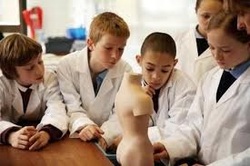
1) Cooperative Learning: has been proven to have a positive impact on overall learning. Note:
groups should be small enough to be effective and the strategy should be used in a
systematic and consistent manner.
a. Group students according to factors such as common interests or experiences.
b. Vary group sizes and mixes.
c. Focus on positive interdependence, social skills, face-to-face interaction, and
individual and group accountability.
groups should be small enough to be effective and the strategy should be used in a
systematic and consistent manner.
a. Group students according to factors such as common interests or experiences.
b. Vary group sizes and mixes.
c. Focus on positive interdependence, social skills, face-to-face interaction, and
individual and group accountability.
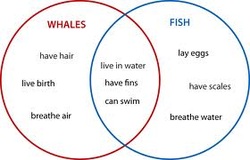
2) Identifying Similarities and Differences: helps students understand more complex problems by analyzing them in a simpler way.
a. Use Venn diagrams or charts to compare and classify items.
b. Engage students in comparing, classifying, and creating metaphors and analogies.
a. Use Venn diagrams or charts to compare and classify items.
b. Engage students in comparing, classifying, and creating metaphors and analogies.
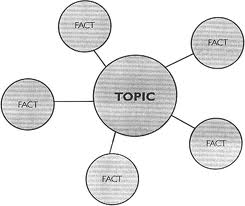
3) Non linguistic Representations/Graphic Organizers: has recently been proven to stimulate and increase brain activity.
a. Incorporate words and images using symbols to represent relationships.
b. Use physical models and physical movement to represent information.
a. Incorporate words and images using symbols to represent relationships.
b. Use physical models and physical movement to represent information.
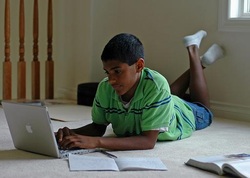
4) Homework and Practice: provides opportunities to extend learning outside the classroom,but should be assigned based on relevant grade level. All homework should have a purpose and that purpose should be readily evident to the students. Additionally, feedback should be given for all homework assignments.
a. Establish a homework policy with a specific schedule and time parameters.
b. Vary feedback methods to maximize its effectiveness.
c. Focus practice and homework on difficult concepts.
a. Establish a homework policy with a specific schedule and time parameters.
b. Vary feedback methods to maximize its effectiveness.
c. Focus practice and homework on difficult concepts.
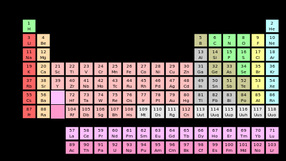
5) Advanced Organizers: helps students use what they already know to enhance what they are about to learn. These are usually most effective when used before a specific lesson.
a. Pause briefly after asking a question to give students time to answer with more
depth.
b. Vary the style of advance organizer used: Tell a story, skim a text, or create a
graphic image. There are many ways to expose students to information before they
"learn" it.
a. Pause briefly after asking a question to give students time to answer with more
depth.
b. Vary the style of advance organizer used: Tell a story, skim a text, or create a
graphic image. There are many ways to expose students to information before they
"learn" it.
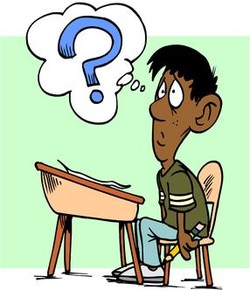
6) Cues and Questions:
a. Should focus on what is important as opposed to what is unusual.
b. “Higher level” questions produce deeper learning than “lower level questions.”
c. “Wait time”
d. Use questions before a learning experience
a. Should focus on what is important as opposed to what is unusual.
b. “Higher level” questions produce deeper learning than “lower level questions.”
c. “Wait time”
d. Use questions before a learning experience
